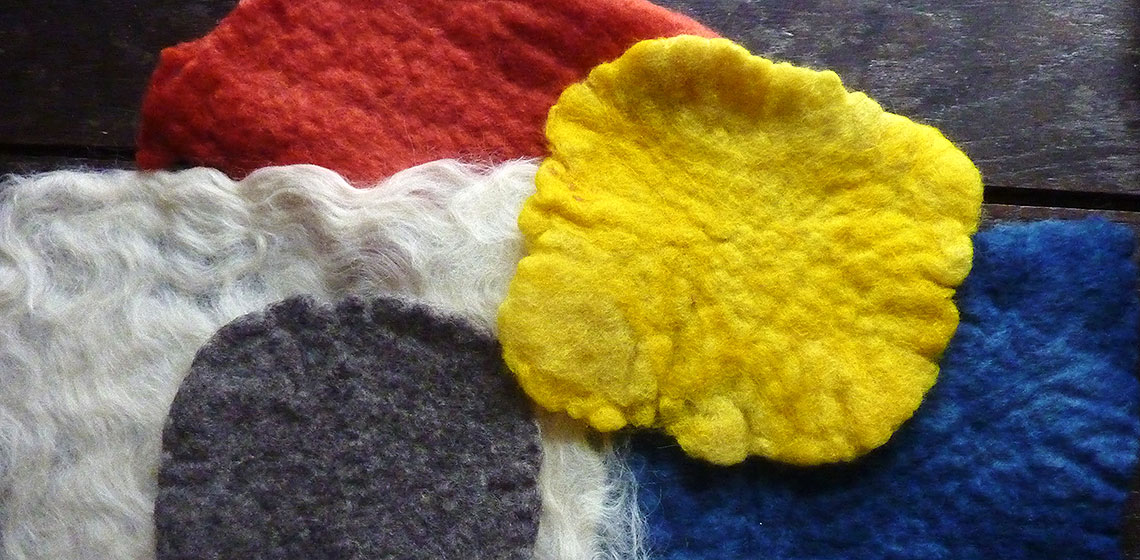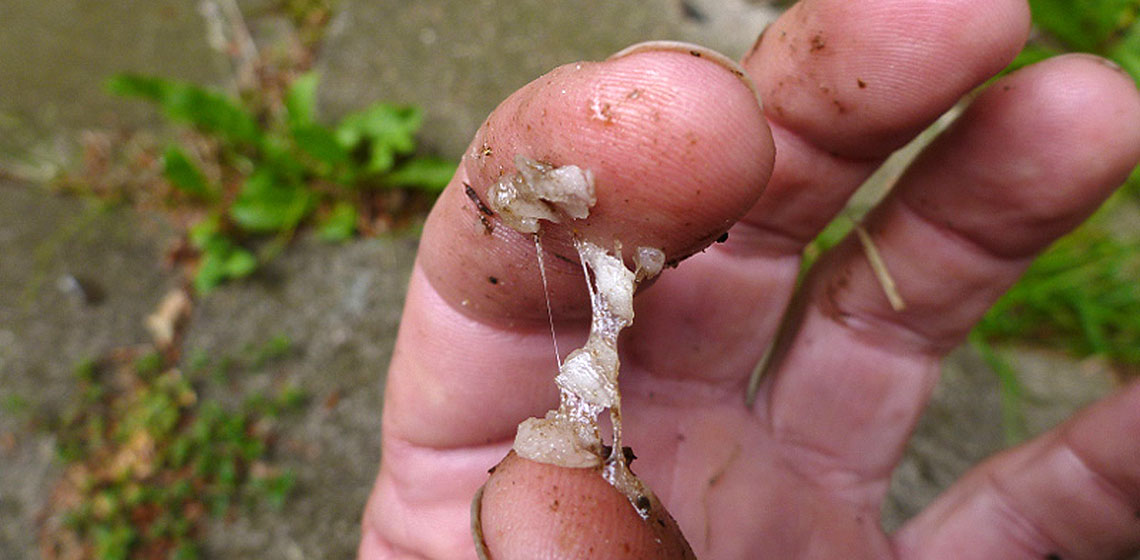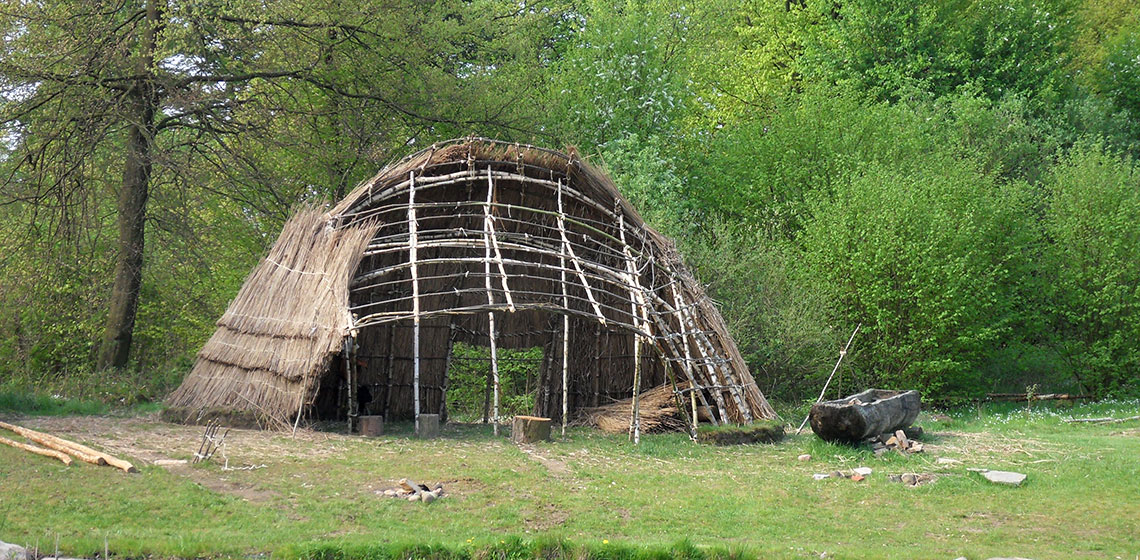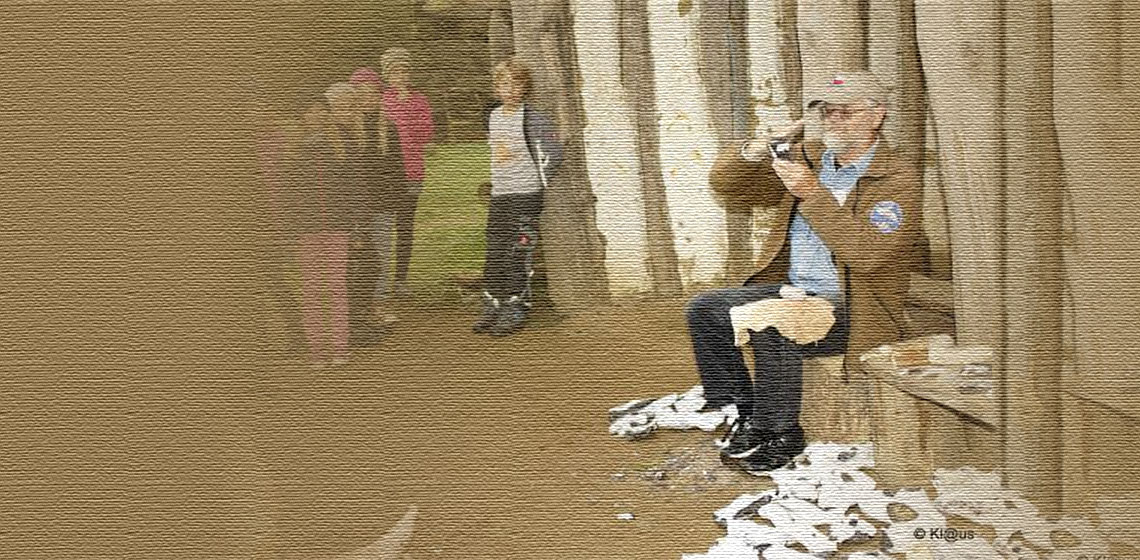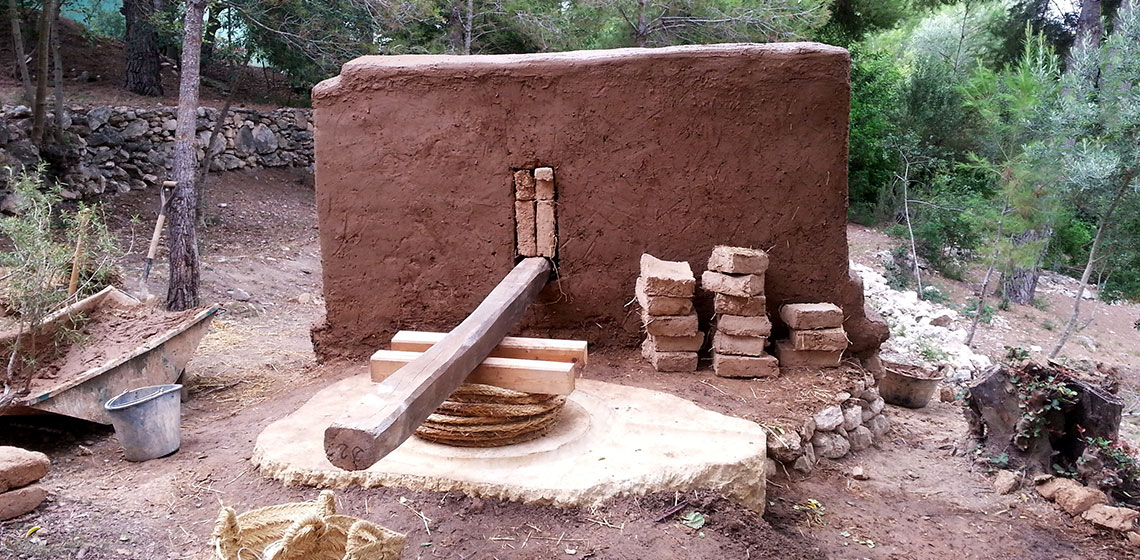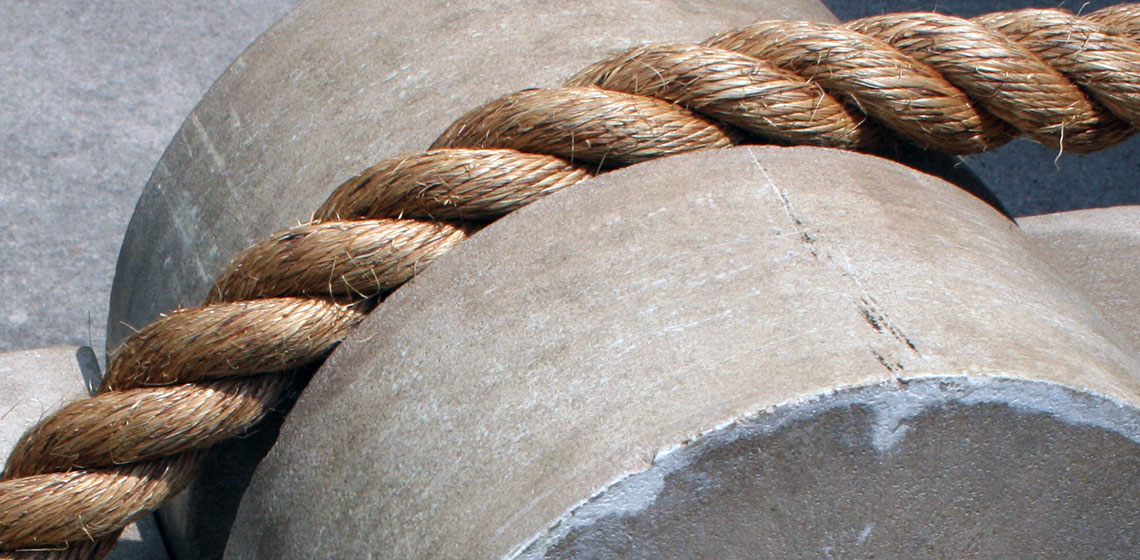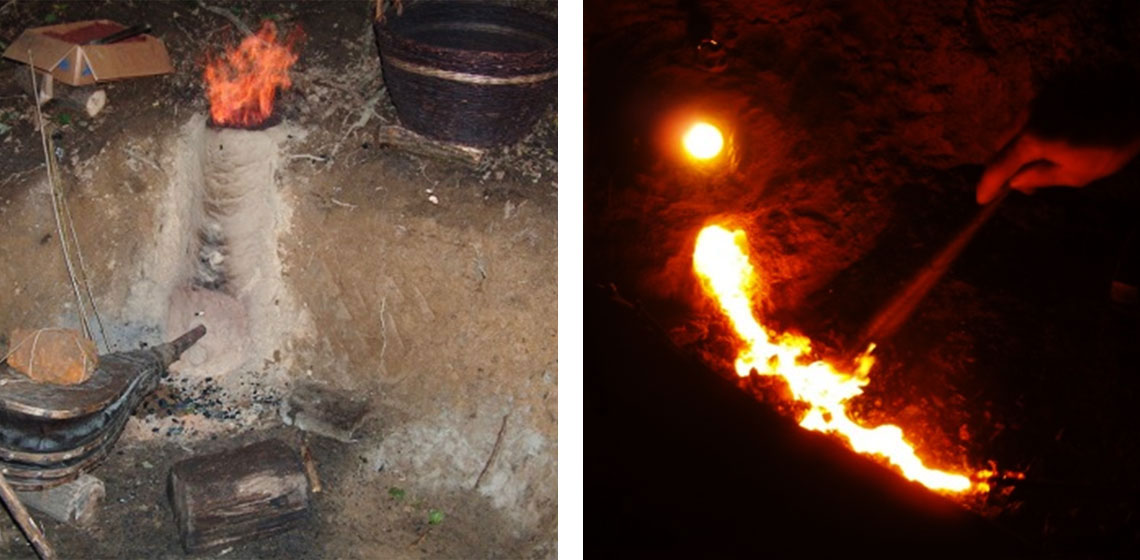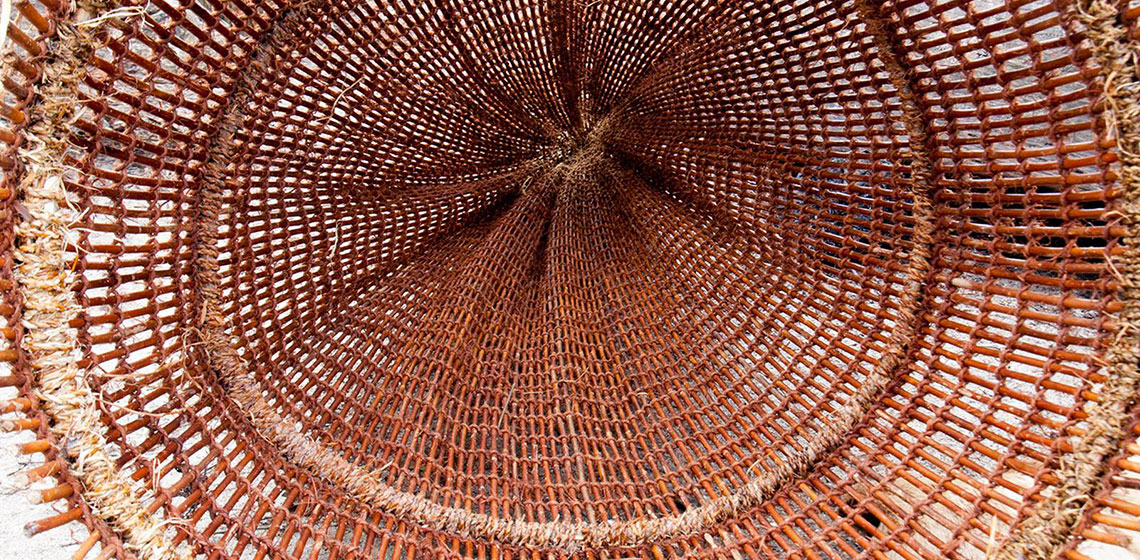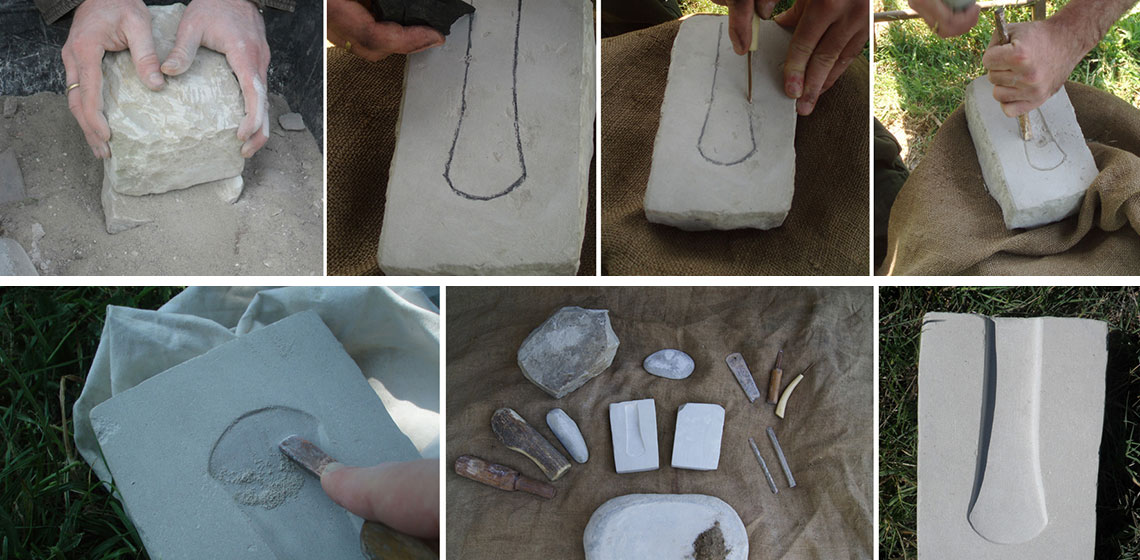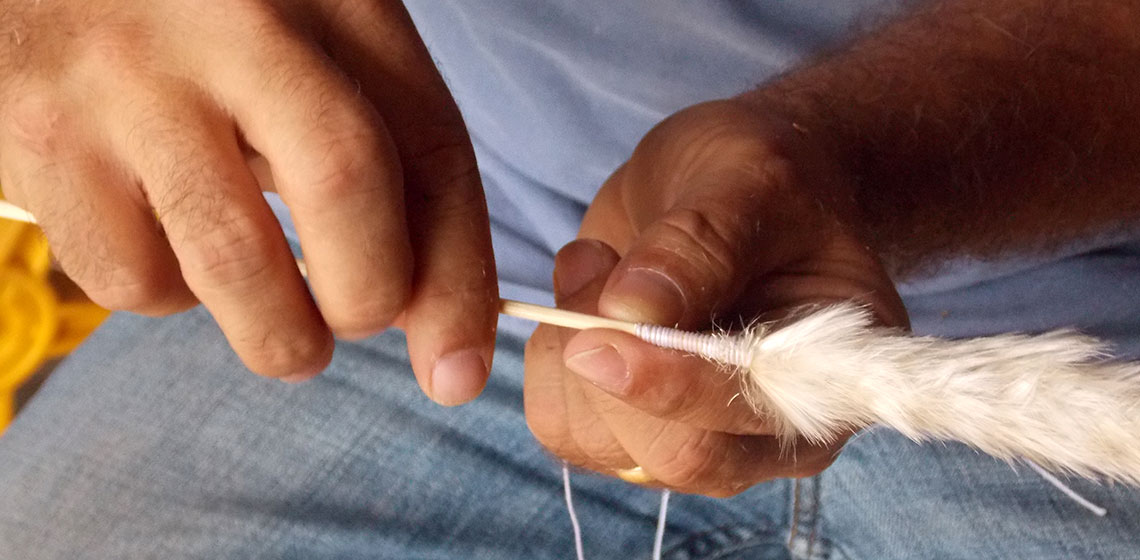Needlework the Pazyryk Way?
My work has been inspired by some of the most remarkable textile finds - those in the Pazyryk kurgans (burial mounds) - specifically the felt shabraks (horse blankets). The detailed, intricate designs of these items are achieved by appliquéing felt on felt (sometimes leather is used) in a manner that adds both decoration and strength (See Figure 1) and is still used among the steppe-land nomads (Barber 1991, 220).

